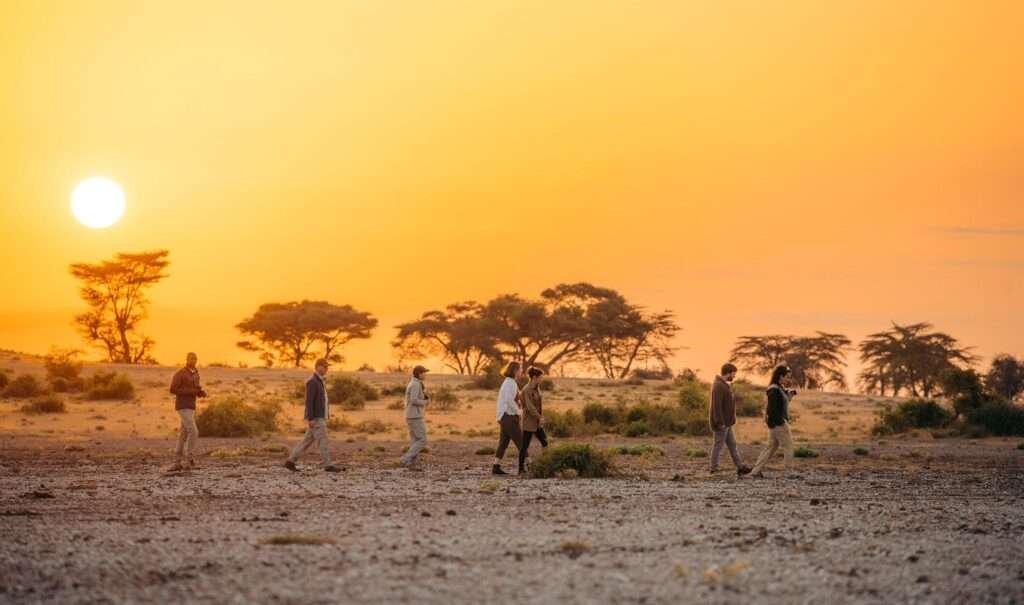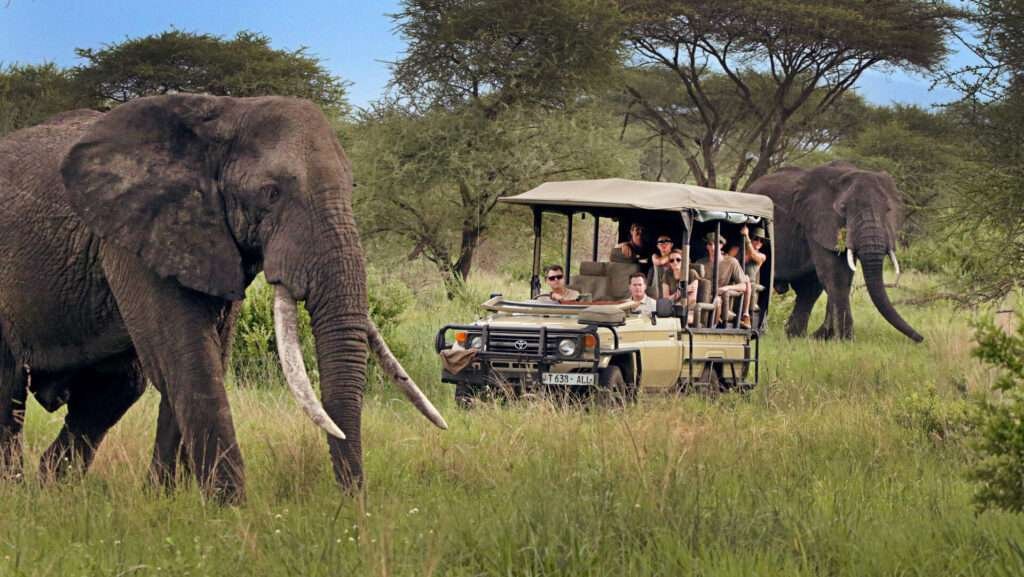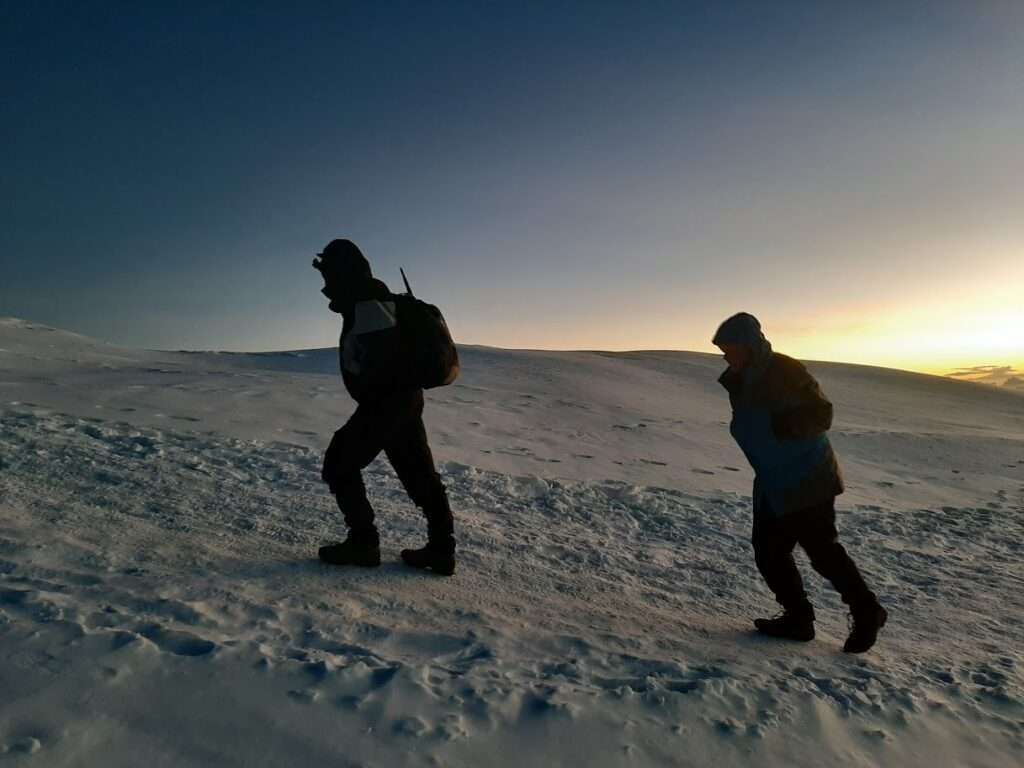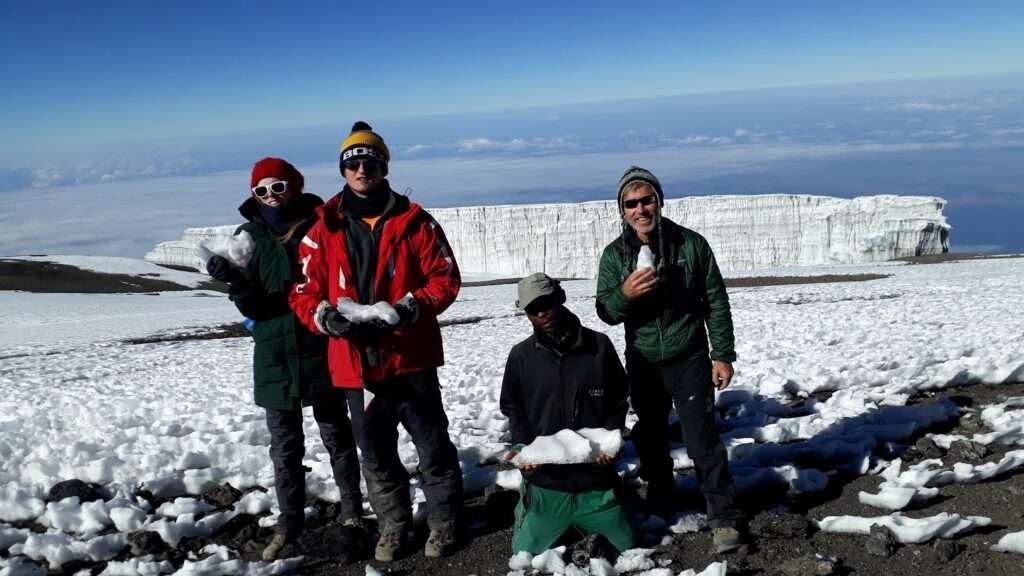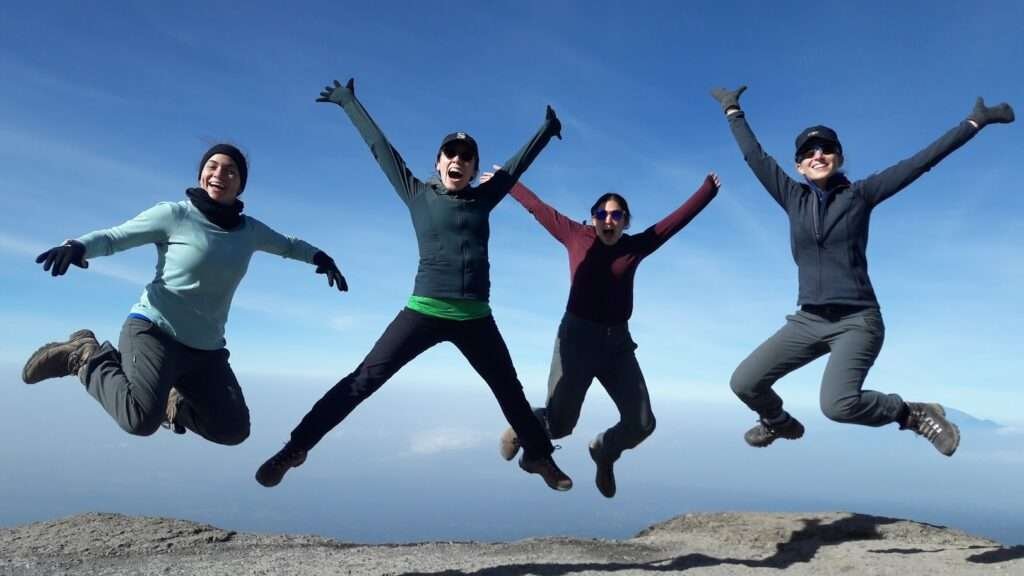Tanzania is renowned for its unparalleled safari experiences, offering diverse landscapes, abundant wildlife, and rich cultural heritage. Planning a safari requires careful consideration of the best time to visit to ensure an unforgettable adventure. In this guide, we delve into the ideal seasons, weather patterns, and unique wildlife events to help you determine the best time for your Tanzanian safari.
The Serengeti Migration: A Year-Round Spectacle
One of the most iconic wildlife events in Tanzania is the Great Migration in the Serengeti. This awe-inspiring phenomenon involves over a million wildebeest, along with hundreds of thousands of zebras and gazelles, moving across the Serengeti ecosystem. Witnessing this spectacle is a highlight of any safari.
January to March: Calving Season
From January to March, the southern Serengeti and Ndutu region become the stage for the calving season. During this time, approximately 8,000 calves are born daily, attracting numerous predators such as lions, cheetahs, and hyenas. The lush green landscapes and abundance of newborn animals make this period ideal for witnessing dramatic predator-prey interactions and capturing stunning photographs.
April to June: The Long Rains and Migration North
April and May bring the long rains, transforming the Serengeti into a verdant paradise. While some travelers may avoid this period due to muddy roads, the reduced number of tourists offers a more exclusive safari experience. By June, the herds start moving north towards the Grumeti River, providing thrilling river crossings and predator action.
July to October: The Northern Serengeti and Mara River Crossings
From July to October, the migration reaches the northern Serengeti and the Mara River. This is a prime time to witness the dramatic river crossings, where thousands of wildebeest brave the crocodile-infested waters. The dry season ensures excellent wildlife viewing, with animals congregating around water sources and the thinning vegetation making sightings easier.
November to December: The Short Rains and Southern Return
November marks the onset of the short rains, prompting the herds to move southward back to the Serengeti plains. This period offers a quieter safari experience with fewer tourists and a chance to witness the migration’s southern return. The landscapes are rejuvenated, and wildlife is plentiful, making it a rewarding time for safari enthusiasts.
The Ngorongoro Crater: A Year-Round Wildlife Haven
The Ngorongoro Crater, a UNESCO World Heritage Site, is a natural wonder teeming with wildlife throughout the year. Its unique geography ensures consistent game viewing, regardless of the season.
January to March: Lush Landscapes and Calving Season
During the calving season from January to March, the crater floor is lush and green, attracting a plethora of herbivores and predators. This is an excellent time to witness predator-prey interactions and the birth of new life in the crater’s diverse ecosystem.
April to June: Quieter Times and Dramatic Scenery
The long rains from April to June bring fewer tourists to the crater, offering a more intimate safari experience. The scenery is breathtaking, with waterfalls and lush vegetation providing a stunning backdrop for wildlife photography.
July to October: Peak Safari Season
From July to October, the dry season ensures excellent wildlife viewing as animals gather around the remaining water sources. The crater’s resident wildlife, including the Big Five, is easily spotted against the dry, golden grasslands.
November to December: Short Rains and Renewed Vitality
The short rains in November and December rejuvenate the crater, making it a picturesque and rewarding time for safari adventures. The landscapes are refreshed, and the wildlife remains abundant, offering a fulfilling safari experience.
Tarangire National Park: The Hidden Gem
Tarangire National Park, often overshadowed by its more famous counterparts, offers a unique safari experience with its diverse habitats and large elephant herds.
June to October: Dry Season and Elephant Gatherings
The dry season from June to October is the best time to visit Tarangire. The park’s permanent water sources attract large herds of elephants and other wildlife, providing spectacular viewing opportunities. The iconic baobab trees and open savannahs create a stunning backdrop for game drives and photography.
November to May: Green Season and Bird Watching
From November to May, Tarangire transforms into a lush green paradise with the onset of the rains. This period is ideal for bird enthusiasts, as migratory birds flock to the park, and the landscapes are vibrant and full of life. The green season offers a quieter and more relaxed safari experience with fewer tourists.
Ruaha National Park: The Untamed Wilderness
Ruaha National Park, one of Tanzania’s largest and most remote parks, promises an off-the-beaten-path safari adventure with its rugged landscapes and diverse wildlife.
June to October: Dry Season and Predator Sightings
The dry season from June to October is the prime time to visit Ruaha. The lack of water sources forces animals to gather around the Great Ruaha River, making wildlife sightings more predictable and frequent. This period is excellent for observing predators such as lions, leopards, and cheetahs.
November to May: Green Season and Unique Experiences
The green season from November to May brings lush vegetation and a sense of renewal to Ruaha. This is a fantastic time for bird watching and enjoying the park’s scenic beauty. The fewer visitors during this period ensure a more exclusive and tranquil safari experience.
Selous Game Reserve: Africa’s Largest Game Reserve
Selous Game Reserve, a UNESCO World Heritage Site, offers an authentic and diverse safari experience with its vast landscapes and rich wildlife.
June to October: Dry Season and Boat Safaris
The dry season from June to October is the best time to visit Selous. The lower water levels make boat safaris along the Rufiji River particularly rewarding, offering close encounters with hippos, crocodiles, and birdlife. The dry conditions also improve game viewing on land, with animals congregating around water sources.
November to May: Green Season and Scenic Beauty
The green season from November to May showcases Selous’ lush landscapes and vibrant flora. This period is ideal for bird watchers and those seeking a quieter safari experience. The scenery is breathtaking, and the wildlife remains abundant, providing excellent photographic opportunities.
Zanzibar: The Perfect Beach Extension
No Tanzanian safari is complete without a relaxing beach extension on the stunning island of Zanzibar. Whether you visit before or after your safari, Zanzibar’s pristine beaches, turquoise waters, and rich cultural heritage offer the perfect complement to your wildlife adventure.
June to October: Dry Season and Ideal Beach Weather
The dry season from June to October provides the best weather for a beach getaway in Zanzibar. The sunny skies, warm temperatures, and calm seas create ideal conditions for swimming, snorkeling, and exploring the island’s historic sites.
November to March: Short and Long Rains with Fewer Crowds
From November to March, Zanzibar experiences short and long rains, which bring lush greenery and fewer tourists. This period is perfect for those seeking a more tranquil and intimate beach experience while still enjoying pleasant weather and clear waters.
Conclusion
Tanzania offers an array of safari experiences throughout the year, each season bringing its own unique charm and wildlife spectacles. Whether you seek the drama of the Great Migration, the diverse ecosystems of national parks, or the tranquil beauty of Zanzibar’s beaches, Tanzania promises an unforgettable adventure. Plan your safari carefully to align with your interests and witness the natural wonders that make this East African gem a top safari destination.
